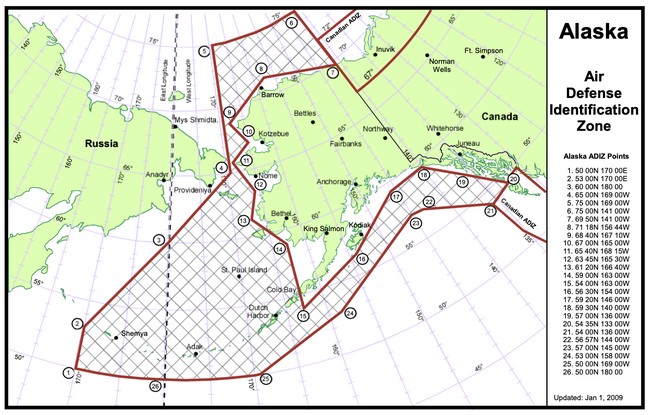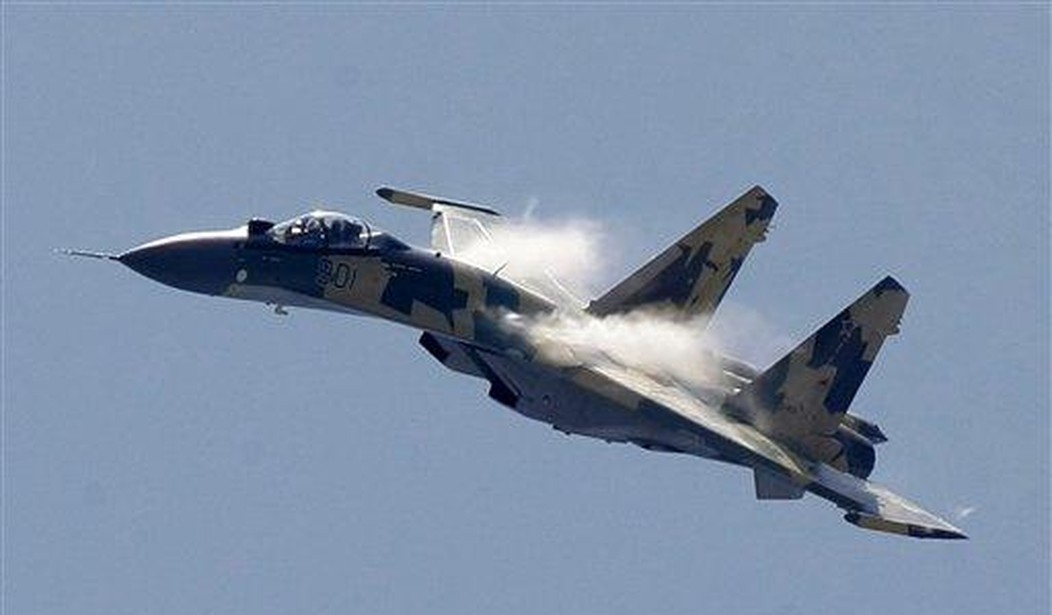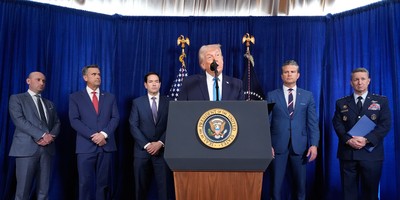As the Biden administration scrambles to answer for the handful of aerial objects that have been detected over the United States and shot down in recent days, North American Aerospace Defense Command (NORAD) announced on Tuesday that Russian military aircraft entered the Alaska Air Defense Identification Zone (ADIZ) on Monday, February 13.
NORAD's statement explained that it "detected, tracked, positively identified and intercepted four Russian aircraft entering and operating within" the ADIZ but that the planes "remained in international airspace and did not enter American or Canadian sovereign airspace" and were "anticipated" as part of a "routine" intercept.
It's worth noting the Alaska ADIZ is...vast:

The incursion by Russia included the TU-95 BEAR-H bomber and SU-35 fighter but is "not seen as a threat," according to NORAD, nor is it "seen as provocative."
NORAD conducts routine intercept of Russian aircraft entering Air Defense Identification Zone. pic.twitter.com/rJdML4Co1x
— North American Aerospace Defense Command (@NORADCommand) February 14, 2023
According to NORAD, the command sees "a yearly average of approximately six to seven intercepts of Russian military aircraft in the ADIZ" and assessed Monday's flight activity to be "in no way related to recent NORAD and U.S. Northern Command operations associated with airborne objects over North America during the last two weeks.
Recommended
After being detected, the Russian planes were intercepted by two NORAD F-16 fighters supported by two F-35A fighters, one E-3 Sentry, and two KC-135 Stratotankers without further incident.























Join the conversation as a VIP Member